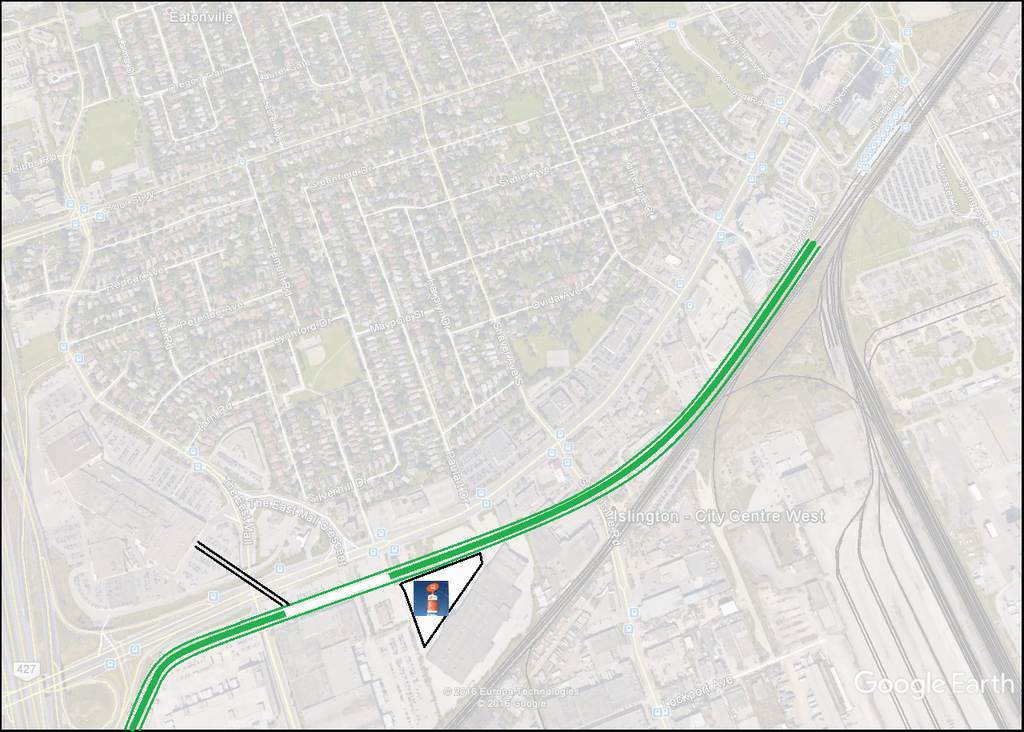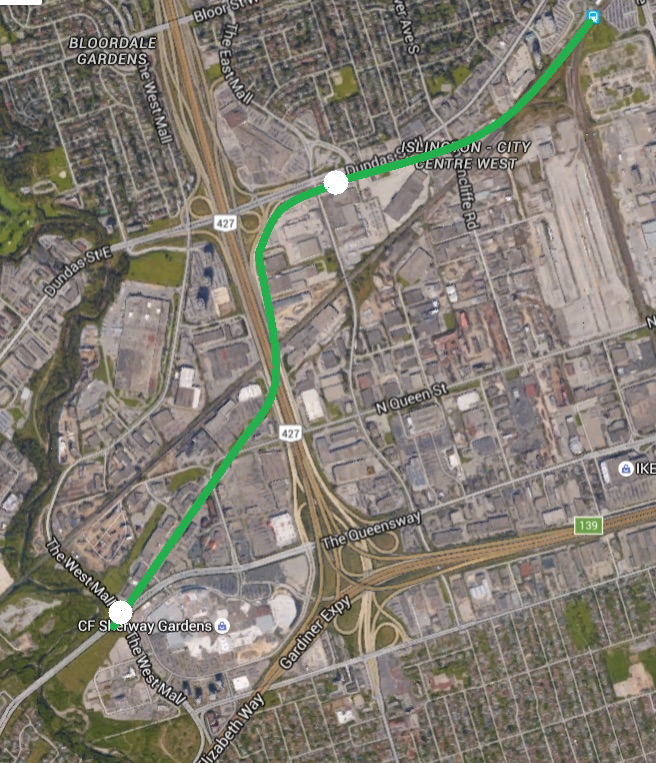Request for qualifications issued for the Kipling Bus Terminal
TORONTO, Nov. 30, 2016 /CNW/ - Infrastructure Ontario (IO) and Metrolinx have issued a Request for Qualifications (RFQ) for interested parties to design, build and finance the Kipling Bus Terminal project.
The RFQ outlines the scope of work required, which includes:
- An elevated pedestrian bridge to connect the pedestrian entrance to the new bus terminal building and rail platforms
- A new pedestrian underground tunnel from the new bus terminal to the existing building
- A new service building incorporating main public entrance to the station with electrical and mechanical service rooms for the site
- Renovations and expansion to the existing GO station building, which will include vehicular, bicycle and pedestrian access
- A new bus terminal for MiWay and GO Transit
The RFQ is the first step in the procurement process to select a team to deliver the project. IO and Metrolinx will evaluate submissions to prequalify project teams with the relevant design and construction experience. Teams that qualify will be invited to respond to a request for proposals in spring 2017. Interested companies must register with
www.merx.com to download the RFQ.
Work on the Kipling Bus Terminal project is part of a larger, system-wide plan to improve overall GO Transit service, including the delivery of GO Regional Express Rail by 2024-25. To support transit improvements, Metrolinx will be undertaking major infrastructure upgrades, including additional tracks, GO station modifications, improved rail crossings, required systems for electrification, and new locomotives and train control systems to enable more frequent service.
Ontario is making the largest infrastructure investment in hospitals, schools, public transit, roads and bridges in the province's history. To learn more about what's happening in your community, go to
Ontario.ca/BuildON.
Quick Facts:
- The GO Regional Express Rail program represents a historic investment in GO Transit that will provide faster, more frequent and convenient transit service across the Greater Toronto and Hamilton Area, including introducing electrification of core segments of the network by 2024-25.
- Infrastructure Ontario, in collaboration with Metrolinx, is leading the procurement of the Kipling Bus Terminal project.
- The project is being delivered using IO's Alternative Financing and Procurement model, an innovative way of financing and procuring large, complex public infrastructure projects, with a track record of being 98 per cent on budget to date.
Quotes:
"The Greater Toronto and Hamilton Area is expected to be home to nearly 10 million people by 2041. This announcement for the Kipling GO bus terminal is another step forward in delivering more GO service. This means you will have access to faster service and shorter wait times – so that you can spend more time with your family and friends"
Steven Del Duca, Minister of Transportation
"Ontario is committed to making infrastructure investments that will give people new and better travel options, with faster and more frequent service. Moving people to the places they work, live and play is key to growing our economy and helping them in their everyday lives."
Bob Chiarelli, Minister of Infrastructure
"With this new station, Metrolinx is moving forward with creating an inter-regional mobility hub that will provide residents of Mississauga and Toronto improved connections to regional transit systems, MiWay, TTC and GO Transit, which will reduce travel times and get people where they need to go faster and more efficiently."
Bruce McCuaig, President and CEO, Metrolinx
"IO is proud to partner with Metrolinx and help deliver important early works projects as part of GO Transit's expansion plans."
Ehren Cory, Divisional President, Project Delivery, Infrastructure Ontario






